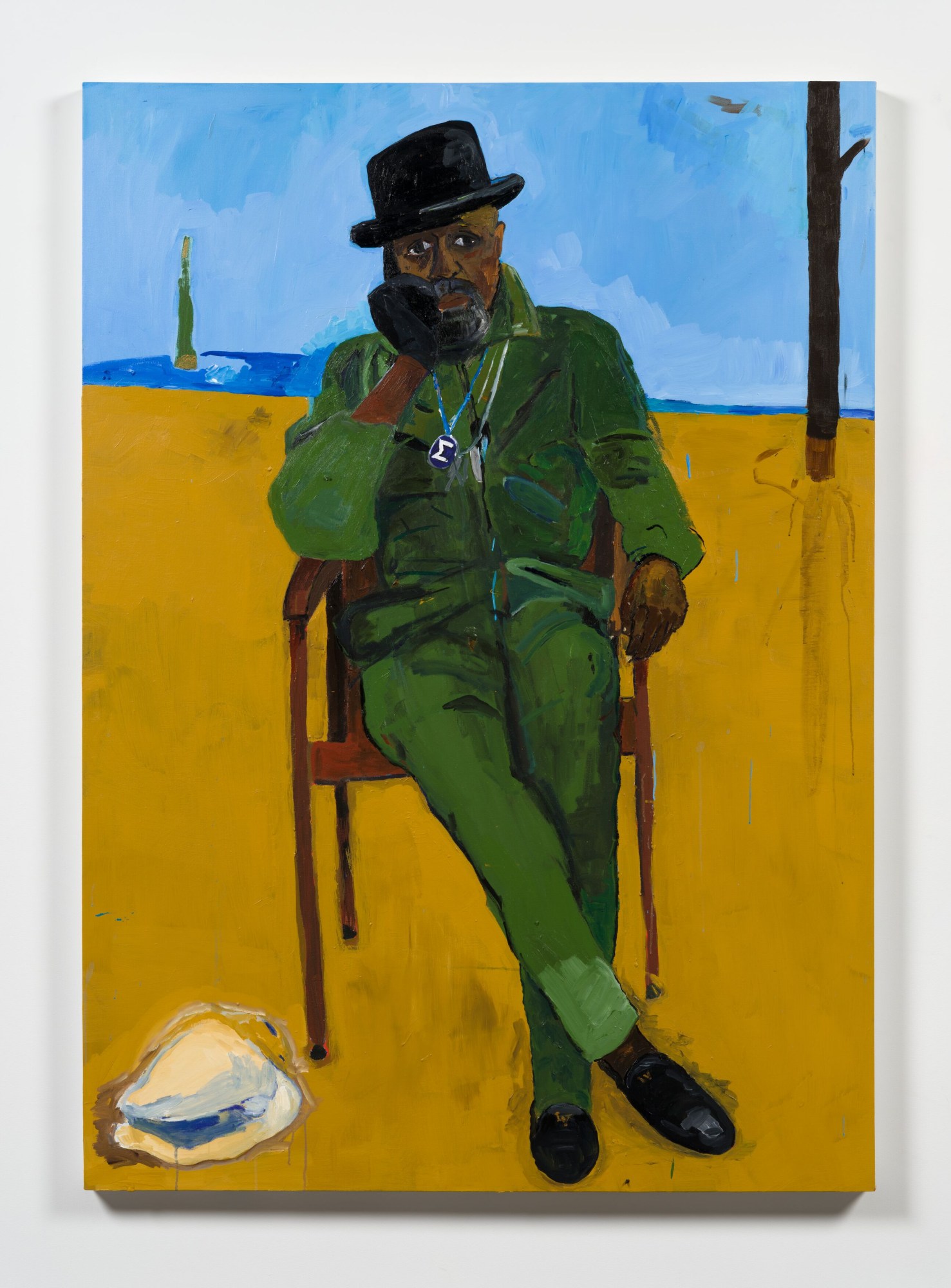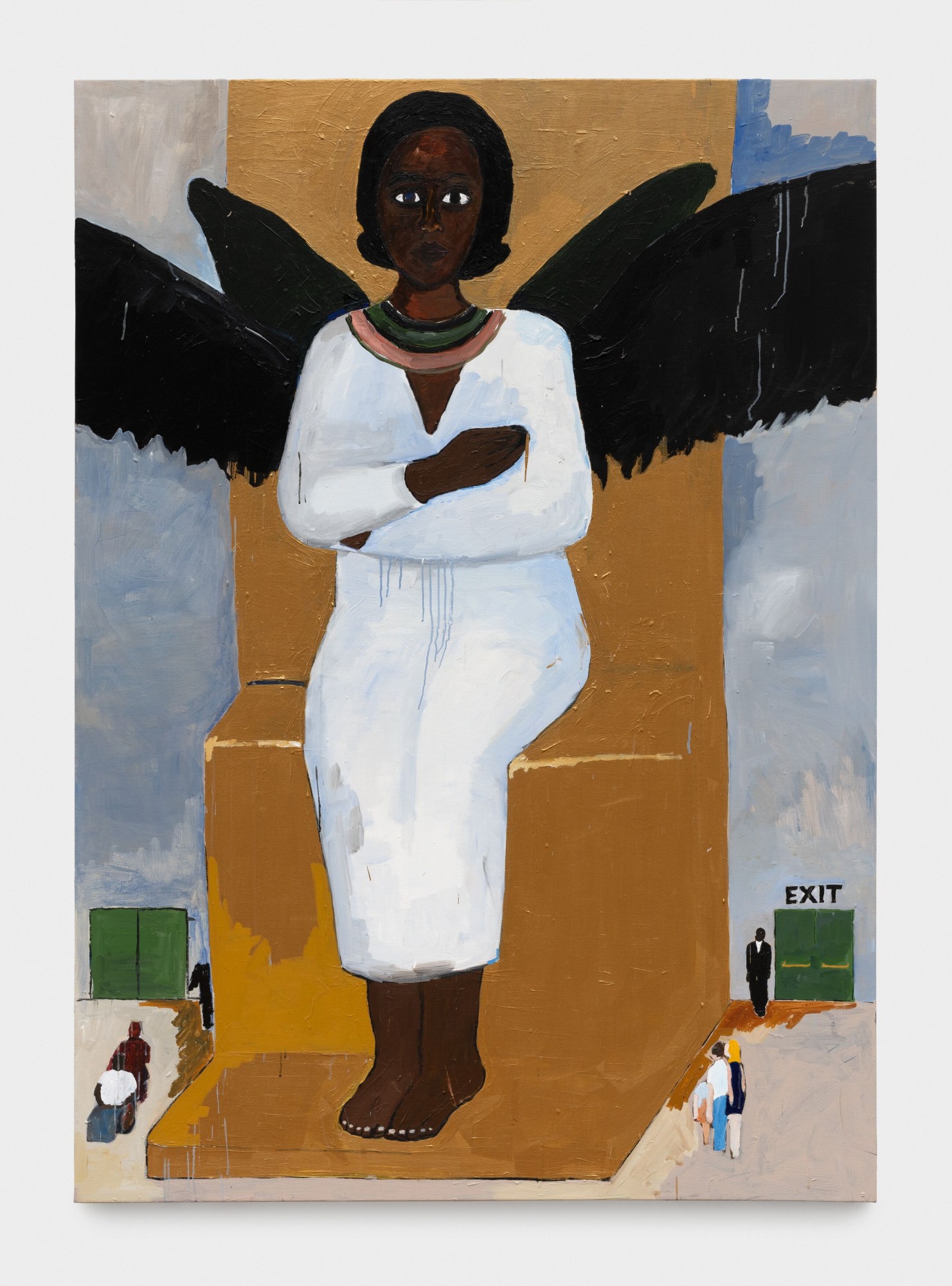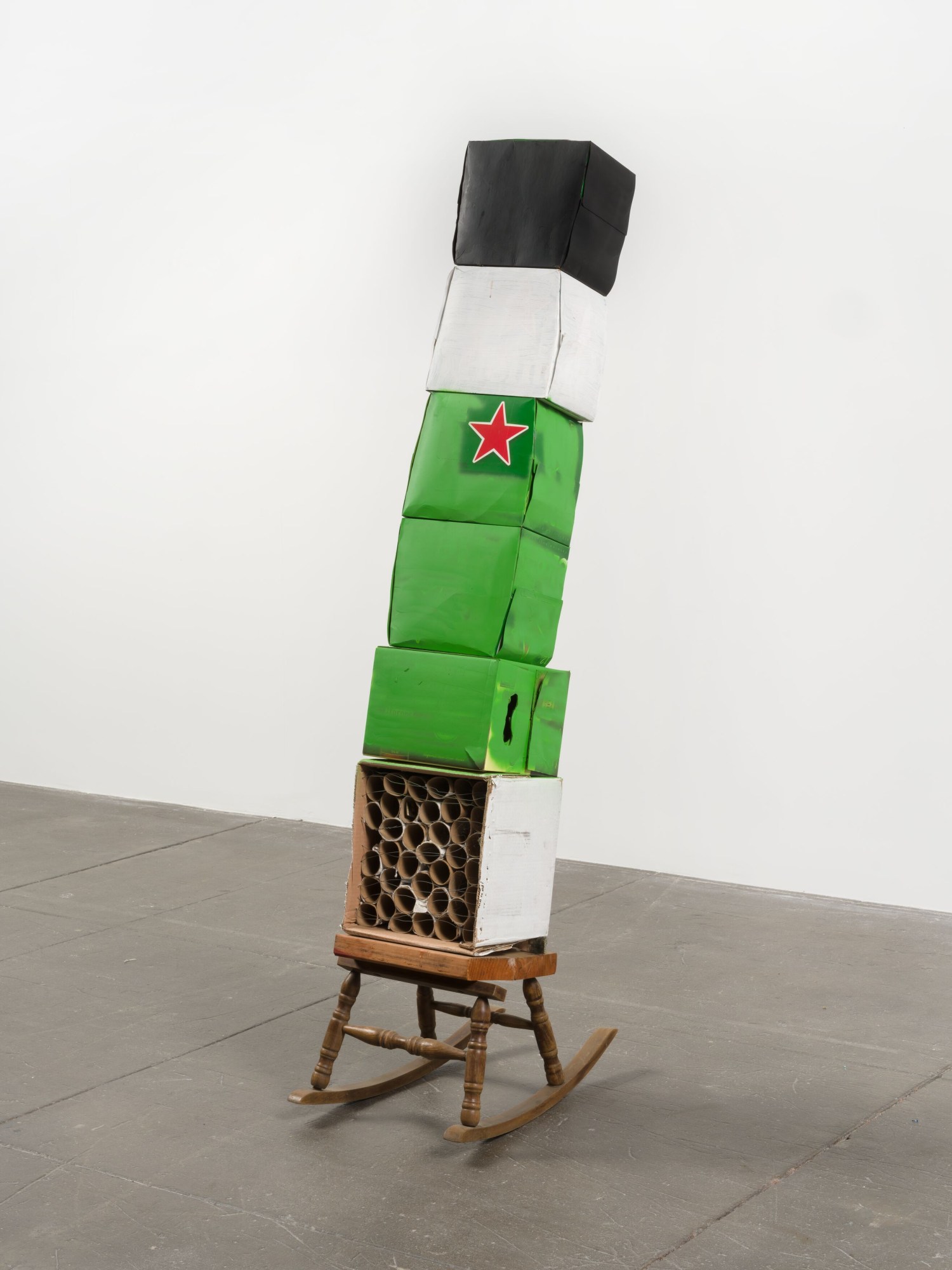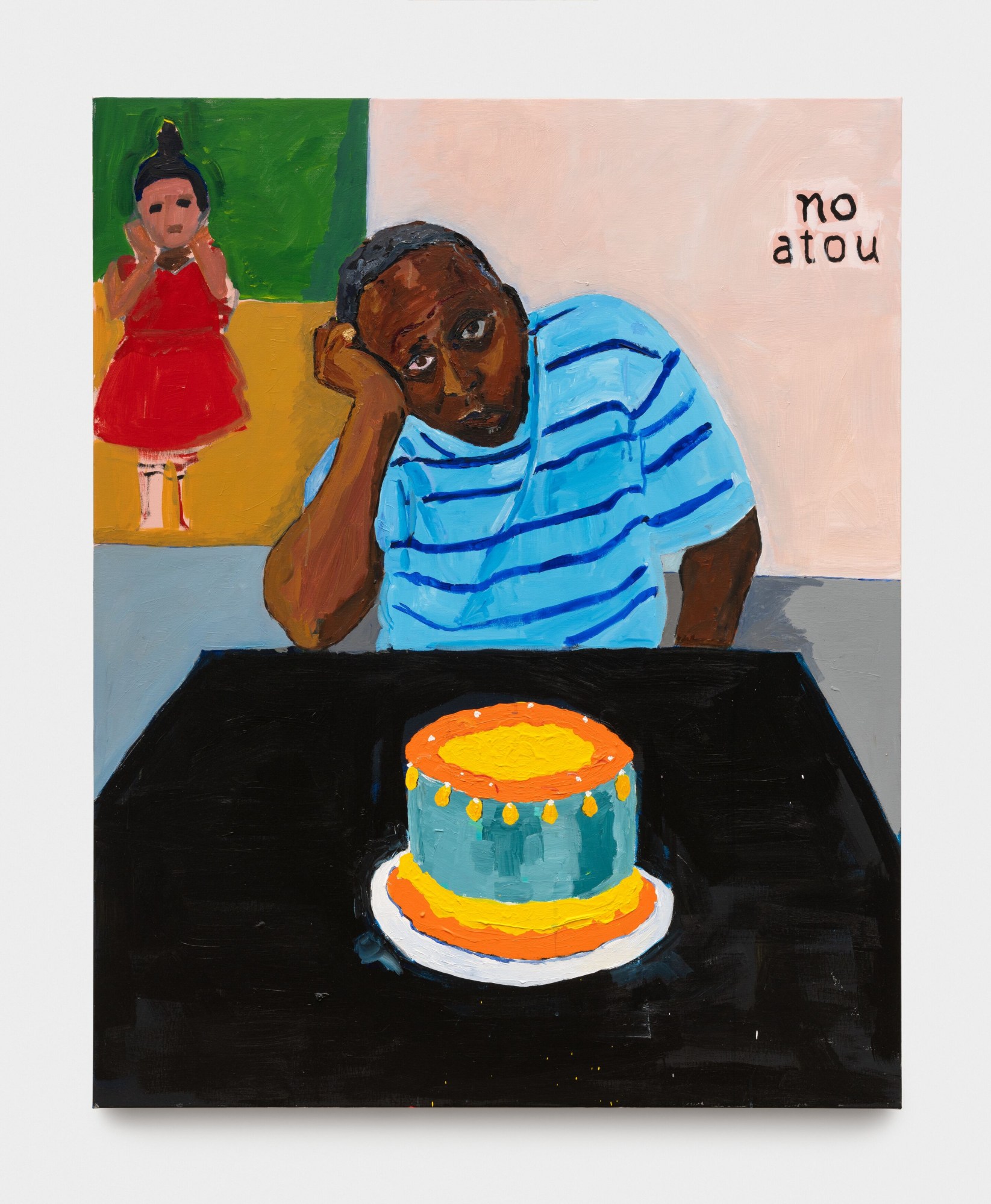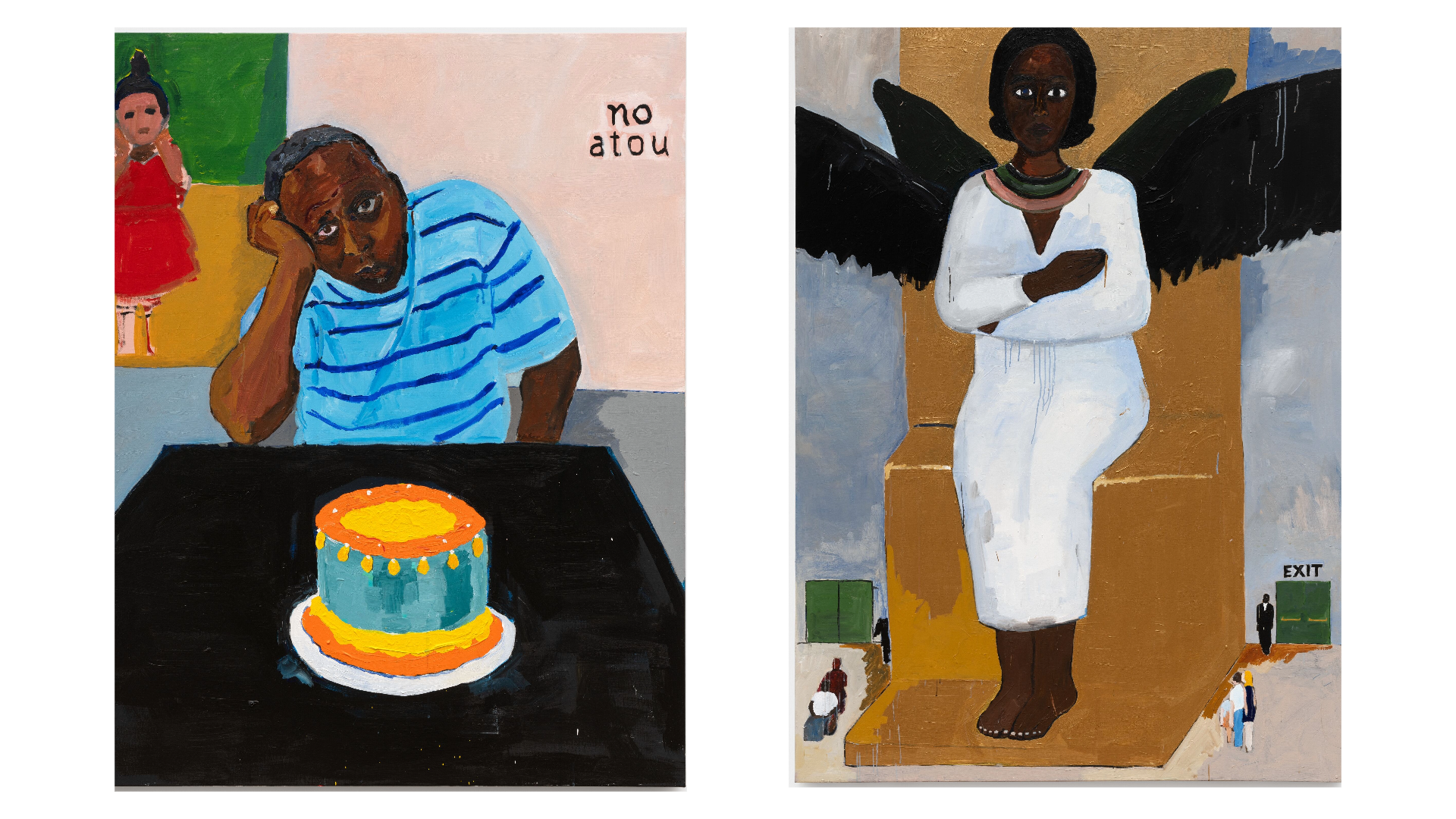In a painting of the American performer and civil rights activist Josephine Baker, the nude dancer kneels in front of the Louvre like “a fountain” or “a statue,” says curator Laura Hoptman. Behind Josephine — who gained popularity in Paris in the 1920s — and the iconic art institution, the painting melds time and location by also depicting the British Museum and a slaveship floating in a body of water. When you consider the name of the piece “got, get, gone but don’t you think you should give it back?” and the history of the British Museum, it’s difficult not to consider the painting as a commentary on how various cultures have been exhibited in the West — the British Museum has been widely scrutinised for its hesitancy to return various stolen artefacts which have long been on display at the museum as part of its permanent collection.
“got, get, gone but don’t you think you should give it back?” is one of over 30 artworks by the prolific Los Angeles-based artist Henry Taylor showing in From Sugar to Shit until January 2024 at Hauser & Wirth’s new Paris gallery. The exhibition consists mainly of figurative paintings and a few sculptures made during a two-month residency in Paris last summer, where Henry visited some of the world’s most historical collections, including the Musée d’Orsay and the Louvre. “[Picasso] got inspiration from here,” Henry says in a recent interview. “We’re all inspired by the same thing. It’s just how we interpret it,” he adds.
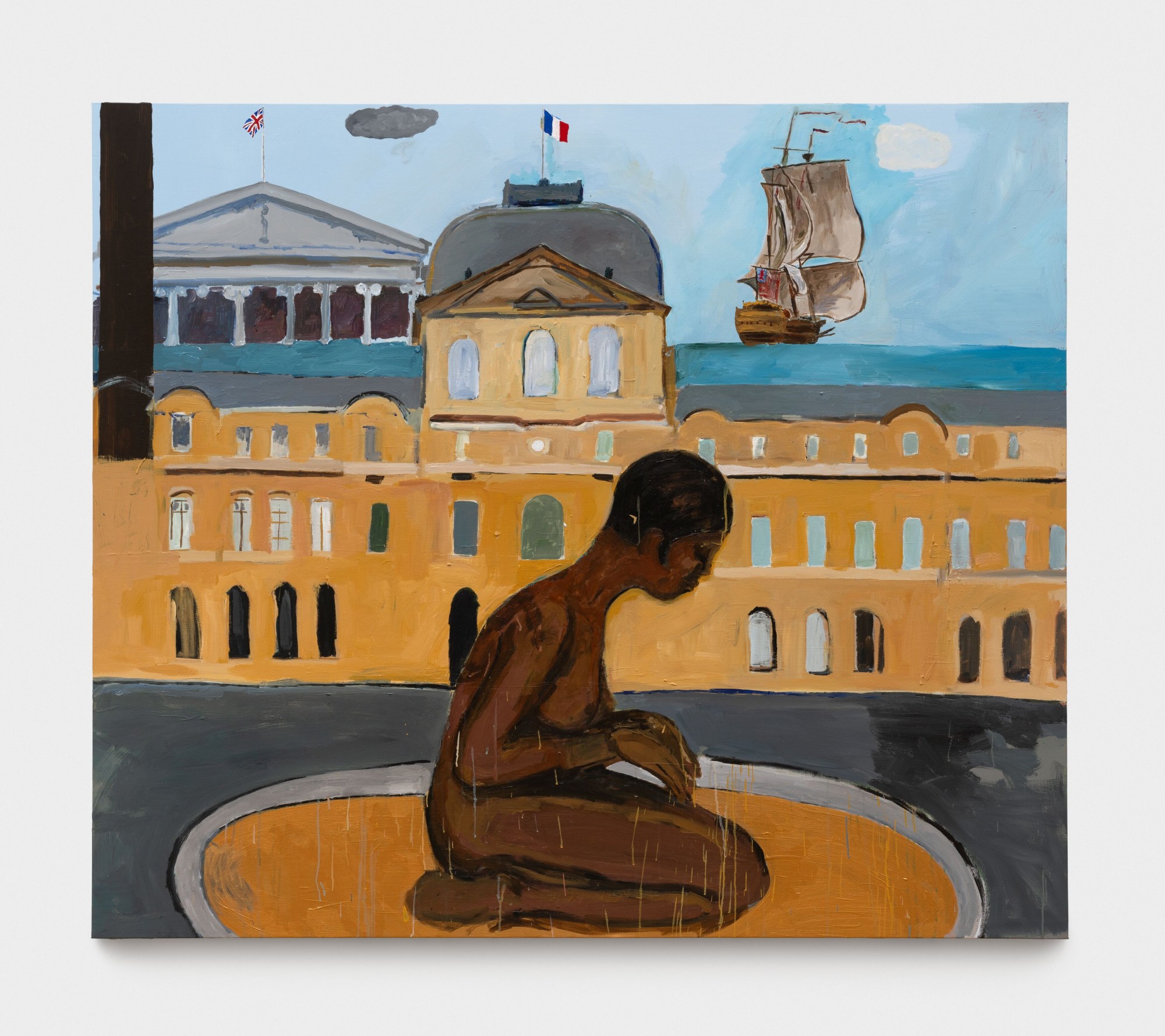
By placing himself in Paris, Henry is now included in a list of several greats motivated by the city. “It is his attempt to become a part of the history of art, French art, and also the history of now in Paris,” Laura says, noting that his painting “Forest fever ain’t nothing like ‘Jungle Fever’” is “a kind of commentary on this.” The painting depicts four figures relaxing in nature, in a contemporary take on the French 19th-century painter Édouard Manet’s 1863 oil painting “Le Déjeuner sur l’herbe (The Luncheon on the Grass)”. “It says, ‘I’m a painter like Manet, and I painted this in Paris, but I painted this with my kinsmen or the people that I would perhaps like to have a picnic on the grass with’,” Laura says. “For me, coming to Paris, I think about the history of painting,” Henry says, noting that thinking about it gets him “kind of pumped.” “It’s always good to see the Impressionists and Expressionists. I call them the OGs of painting — Bonnard and Manet and Vuillard.”
Much like the artists he is inspired by, Henry’s paintings have a distinctive style that is unique to him: intimate depictions of people, somewhat ambiguous in meaning and, in many cases, appearing almost unfinished. In “Right hand, wing man, best friend, and all the above!” two men sit side by side. The head and legs of the figure on the left-hand-side provide only just enough detail to make out what it is (of course, the fact it is part of a body is a giveaway, too), a technique Henry uses throughout his oeuvre and which adds charm and lightness to the pieces.
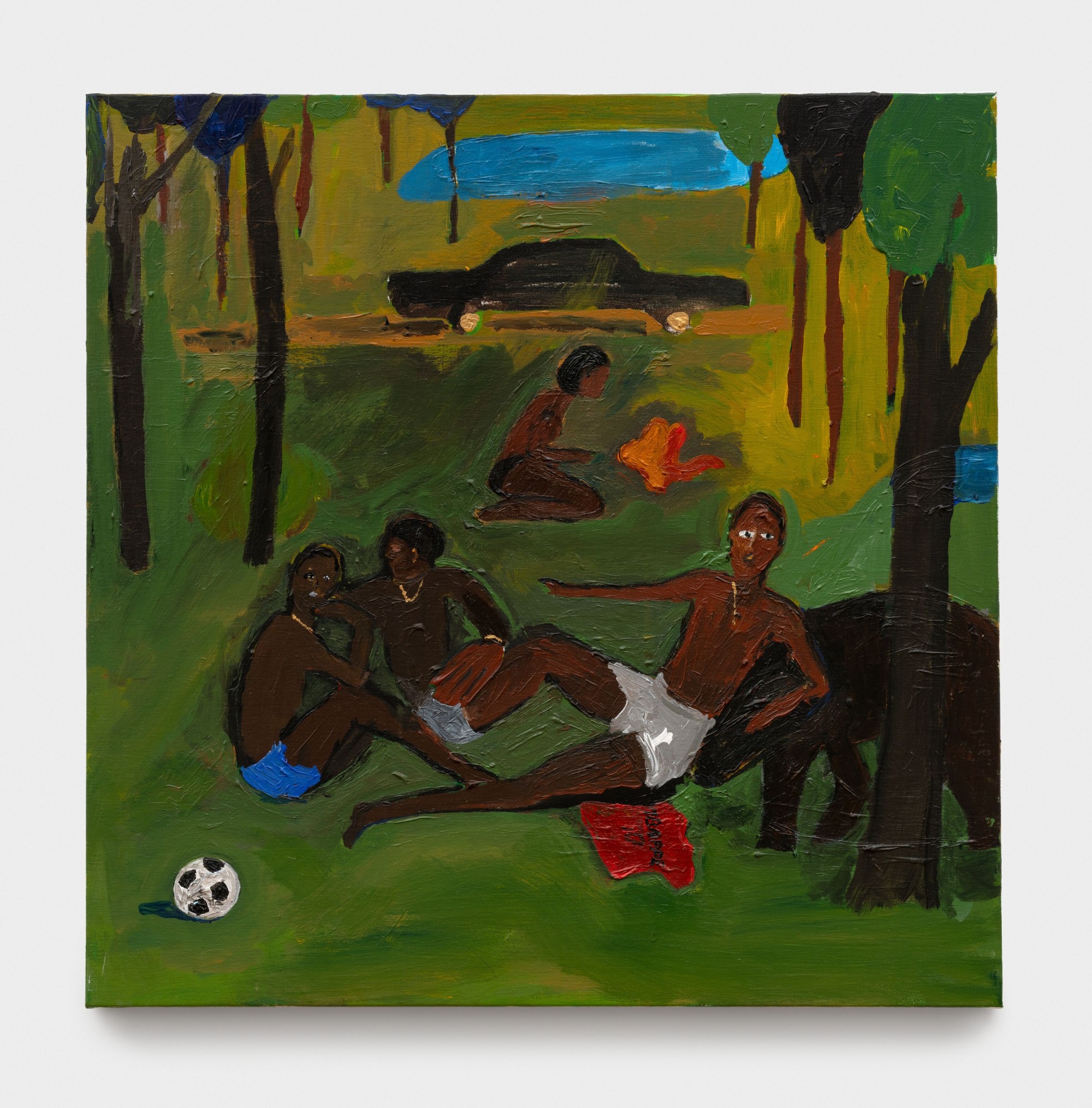
That said, Henry’s sculptures in From Sugar to Shit may be a side to his work that many visitors to his Paris show may be less familiar with. In “One tree per family”, 2023, afro-hair collected by Henry takes the place of leaves on a tree standing at a whopping 15-feet-tall, which Laura says is an homage to David Hammons, the renowned American artist known for putting human hair in his work. Like David’s, Henry’s is made up of actual African-American hair, Laura says, “African-American hair is swept up from barbershops in Black neighbourhoods in the United States, the signature material of David Hammons as a sculptor.”
“Blue Me”, is another tree-like structure, this time with detergent bottles hanging from its branches, one of many sculptures that include such bottles. Of an all-white untitled number, made up of detergent and a broken chair, Laura notes that the bottles are used for bleach.
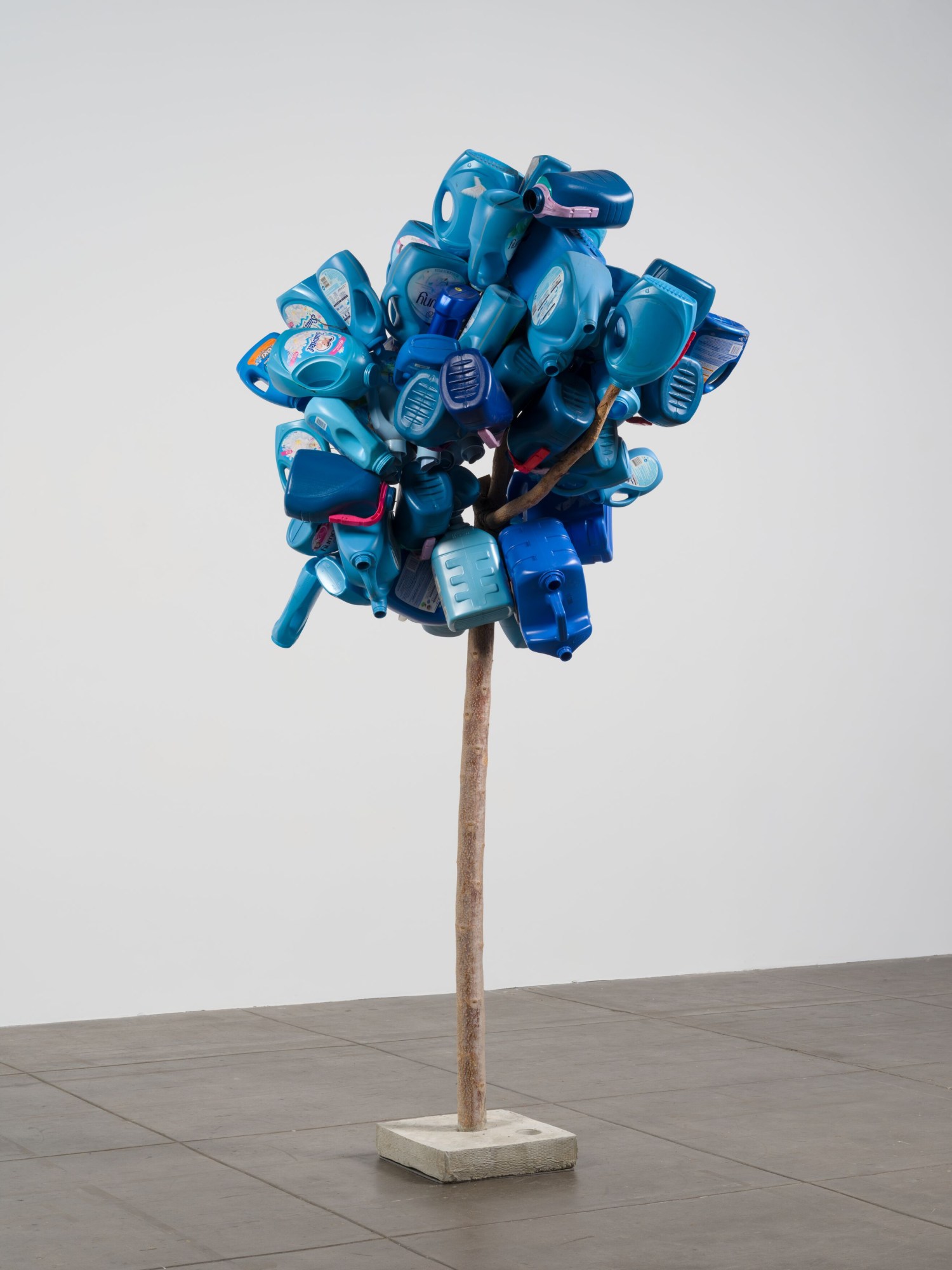
Among the portraits and sculptures, text also finds its place. In a triptych titled “I got it from”, Henry constructs an ambiguous ancestral lineage in words. In another, at the entrance and exit of the gallery, he writes “ça y est!” or, “That’s it” in English, which, if you catch it at the right time, marks the end of the show (and seemingly his trip to Paris), but with the same playful uncertainty as the rest of the exhibition.
‘From Sugar to Shit’ is on view at Hauser & Wirth Paris through 7 January 2024.
